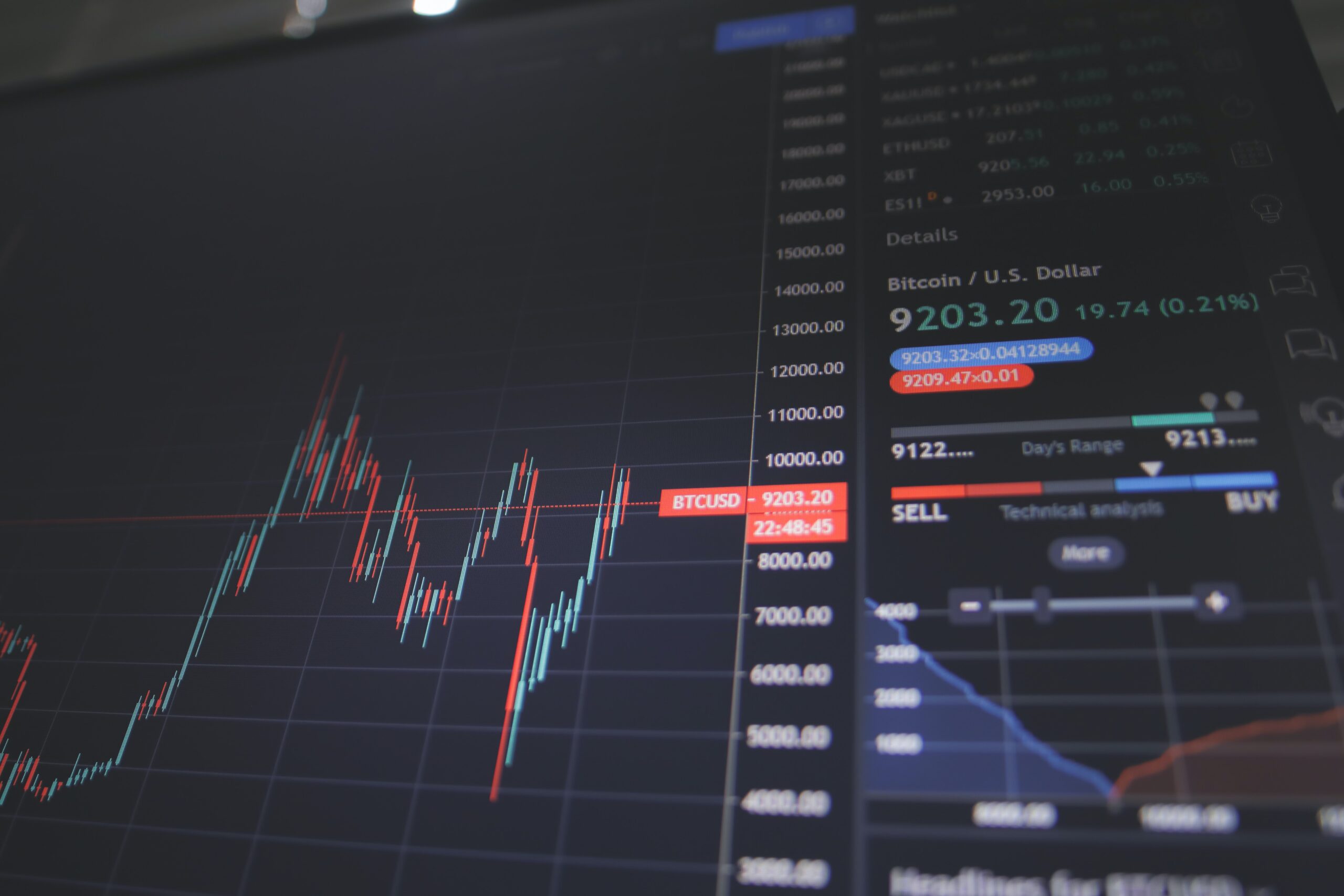Avoiding Roadblocks: Creating Ideal Risk Management Dashboards
April 20th 2023
Originally published in PEO Insider (April 2023). Reproduced with permission of the National Association of Professional Employer Organizations.
Key performance indicator dashboards instantly produce either awe or fear when brought up in conversation, and for good reason. They can be seen as straightforward, objective models that can do no wrong. Or, they can be seen as confusing, subjective, instruments rife with errors. While you have likely seen examples of many different types of dashboards (the good, the bad, and the ugly) it begs the question: what should a dashboard be in its most ideal form? More specifically, what is the most ideal dashboard for a PEO risk management professional?
There is no way in the span of this article to provide a complete blueprint for the most ideal risk management dashboard. I can, however, share three philosophies or bits of advice that will hopefully put you on the path towards profitable dashboarding.
Dashboards for Professional Growth
Dashboards are a bit like rock climbing in that they’re only useful if they fit your ability level. There’s little benefit to starting with a wall that requires far more technical and athletic ability than you’re able to produce. Instead, it may be easier to start off with easier walls for you to grow a foundation of climbing, practice certain concepts, and then gradually grow to more difficult walls.
Similarly, dashboards can allow you to grow yourself by tracking what you understand and pushing yourself to understand more. As your understanding of the risk space grows, you can introduce new metrics that build upon your existing knowledge. An invaluable goal is that your understanding will expand beyond the risk group and into the overall business such that you understand the role that risk plays in the operational and financial value of the firm.
Dashboards for Every Hat
As your worldview grows, so too will the conversations that you’ll have with colleagues above and below you. Since a CEO and a department head will value different metrics and goals, it is necessary to have dashboards that support your ability to excel in those different conversations. For example, knowing what your CEO cares about will allow you to tailor your dashboard to quantify how the risk group is contributing to those cases. Similarly, but in a different vein, understanding what your department head should be managing will allow you to tailor a dashboard to help them focus on the right areas.
Theoretically, there can even be relationships between the CEO dashboard and the department head dashboard, such that you can serve to bridge the gap between those levels, allowing the CEO visibility into the more task-oriented levels of the company and allowing department heads visibility into senior leadership concerns.
In addition to every hat, there may be dashboards tailored for specific purposes. A good example would be a client profitability dashboard that incorporates all revenue and cost aspects of a relationship over their entire tenure, such that it supports renewal discussions. It can also provide a point of comparison for prospective underwriting so that a firm understands how well or poorly they have fared in a particular industry or job class.
Build Upon What You Already Have
While all of the above may sound great, getting started may sound as pleasant as doing your own taxes. However, most risk professionals may be surprised at how many resources they have right under their nose without any additional cost.
For example, many brokers have dashboards already available to support client relationships. RMIS and payroll systems likewise may have dashboards and reporting features of which you are unaware. Spend time to inquire with those relationships to better understand what technology and dashboards are already included in your relationship at no additional cost. Dashboards can only measure and track as little or as much a risk professional desires to manage.
Peter Drucker’s famous quote still rings true, “what gets measured gets managed.” Start with what you have and understand, and then use dashboards to grow yourself and your business.
Learn more about our actuarial solutions by visiting https://davies-group.com/northamerica/solutions/insurance-services/actuarial-solutions.
-
March 5th 2020
A Deep Dive Into Workers’ Comp Stats
Originally published in PEO Insider (March 2020) Reproduced with permission of the National Association of…
-
February 15th 2019
A PEO’s Field of Dreams – Insurance Program Structure
Every time I attend a professional sporting event, I am always in awe…
-
January 21st 2019
Strategic Claims Management for PEOs
Underwriting and claims have a lot in common. Both are easily considered afterthoughts…
-
October 19th 2020
Intriguing Details of the Largest Public PEOs in 2020
Because people have more interesting ways to spend their time than to pour…
-
November 23rd 2021
PEO Risk Management & Insurance Issues
Originally published in PEO Insider (November 2021). Reproduced with permission of the National Association of…
-
October 8th 2019
Show Me The Money – Turning Workers’ Comp Risk into Profits
You Really Read It It’s been a busy few months and in that…
-
May 15th 2020
COVID-19s Impact on Worker’s Compensation Costs and What PEOs Can Do
Originally published in PEO Insider (May 2020) Reproduced with permission of the National Association of…
-
October 15th 2019
The Role of AI in the PEO Industry Circa 2019
Clients and prospects often ask about the status of analytics in the PEO…
-
February 15th 2019
PEO Pricing: Strategic Pricing for Long-Term Profitability
One of the most common things a new client asks us to help…
-
August 4th 2021
Workers’ Compensation Risk Issues Facing PEO Investors
The substance of our M&A advisory support to clients can vary greatly due…
-
October 6th 2020
Lowering PEO Workers’ Comp Costs
Originally published in PEO Insider (October 2020) Reproduced with permission of the National Association of…
-
January 21st 2019
How PEOs Should Use Actuaries
As touched upon in a previous claims article, the actuarial function is one of…
-
March 31st 2023
Why Insurance Carriers Should Pursue Subrogation (and Why You Need a Subrogation Partner)
Subrogation is a tricky one to explain to those unfamiliar with the ins…
-
April 12th 2023
Leveraging an Actuarial Consultant to Help Prepare an Actuarial Opinion
April signifies a fresh start for most of the world, Life & Health…
-
August 4th 2021
Insight Into PEO Vulnerability via Stress Testing
Originally published in PEO Insider (August 2021). Reproduced with permission of the National Association of Professional…
-
February 18th 2019
Intriguing Details of PEO Industry’s Largest Public Firms
Because people have more interesting ways to spend their time than to pour…
-
July 10th 2023
Client-Level Financial Analysis
Originally published in PEO Insider. Reproduced with permission of the publication. If you…

















